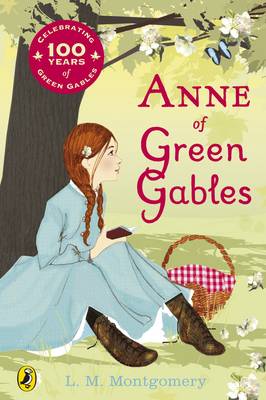
One of my favourite childhood books was Anne of Green Gables by L.M. Montgomery. My copies are battered and torn, but very well-loved. I particularly enjoyed this book as I admired Anne’s character. Her imaginative, impulsive, and intelligent portrayal provides a valuable image of girlhood.
The book follows the story of the orphaned Anne Shirley. When siblings Matthew and Marilla Cuthbert decide to adopt a boy to help on the farm, they are instead sent the talkative and lonely Anne. This initial mistaking of Anne for a boy opens up a space to explore the differences in the ways we view boys and girls. The book recounts Anne’s many adventures and mishaps as she, Matthew and Marilla become a family.
Although the social conventions of the time mean that Anne does not carry out the intended boy’s role of working on the farm, she proves herself to be more than equal to the boys through her keen intelligence. Anne is determined to overcome her initial lack of schooling to rise to the top of the class. She establishes a fierce rivalry with Gilbert Blythe, eventually beating him to receive the top ranking in both school and college.
Anne places a high value on education. Even when Mrs Lynde says that she doesn’t “believe in girls going to college with the men”, Anne disagrees. Her determination shows that her desire for feminine fashions like puffed sleeves is not incompatible with intelligence, drive and ambition. When she receives a scholarship for college, she is compared once more to the boy she was intended to be, only this time in a far more positive light. Matthew tells her that ‘“I’d rather have you than a dozen boys, Anne […] it wasn’t a boy that took the Avery scholarship, was it? It was a girl – my girl – my girl that I’m proud of”’, reminding Anne of her self-worth and the value she has brought the Cuthberts.
One of my favourite things about Anne is the importance she places on friendship, particularly her desire for female friends. She is constantly on the lookout for “kindred spirits” and acknowledges everyone’s potential for friendship. Her close relationship with her “bosom friend” Diana Barry is particularly touching as, despite the girls’ differences, they support one another in their varied wishes and adventures.
Anne’s determination, imagination, and ability to stay true to herself means that she continues to be an admirable heroine for girls over 100 years after the book’s first publication.
-Charlotte Wilson
Junior Girl
Girl Museum Inc.
